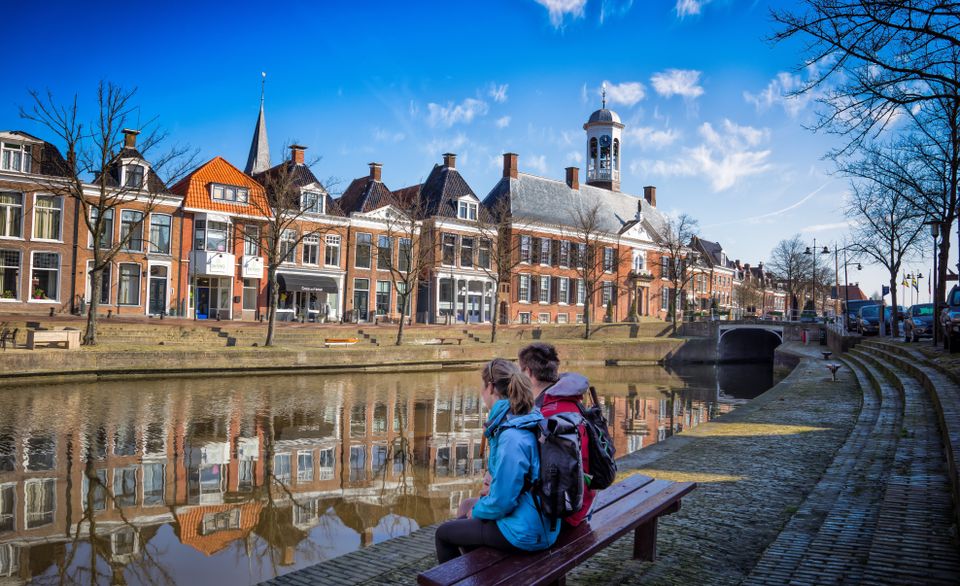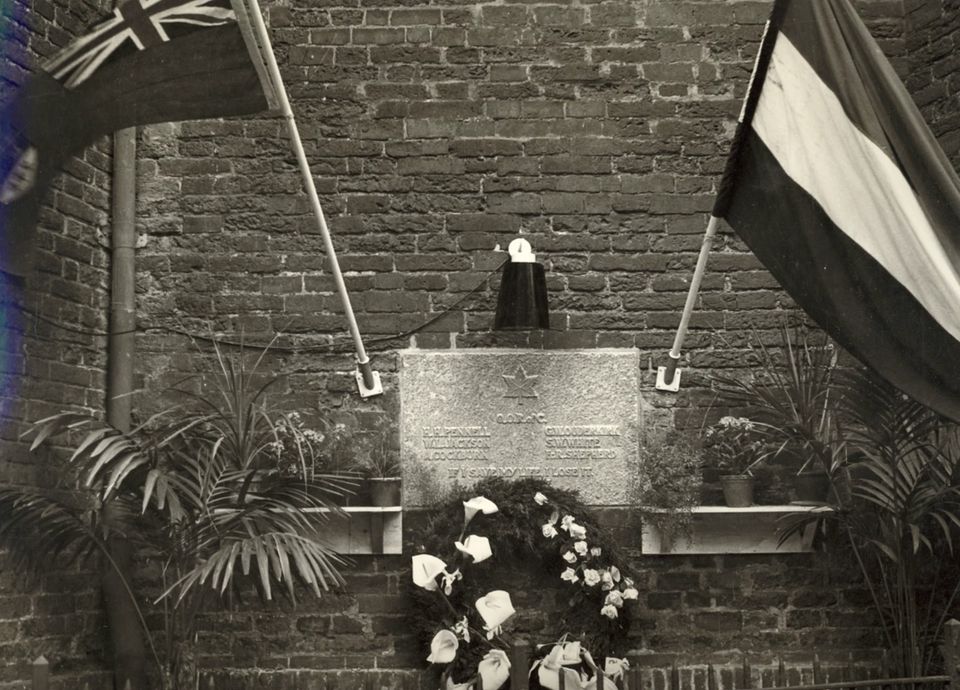Location
257 to 288 of 978 results
-
Bed & Breakfast Tusken Wad en Wâld
Bed & Breakfast Tusken Wad en Wâld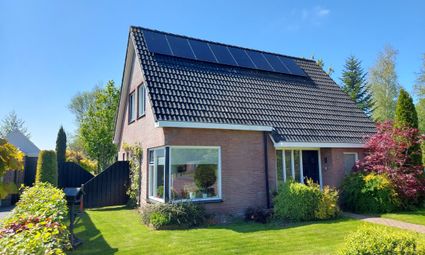 Kollumerzwaag
Kollumerzwaag -
zalencentrum De Lantearne
zalencentrum De Lantearne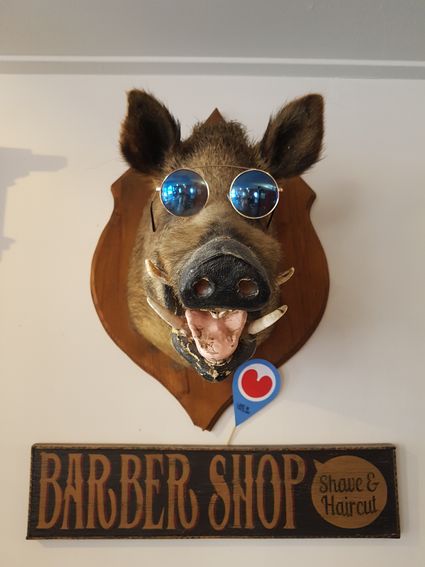 Surhuisterveen
Surhuisterveen -
Jachtwerf van der Werff
Jachtwerf van der Werff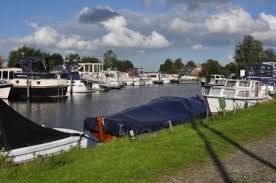 Wergea
Wergea -
Berltsum - vogelkijkscherm
Berltsum - vogelkijkscherm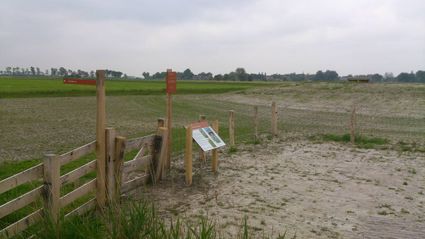 Sint Jacobiparochie
Sint Jacobiparochie -
Headmaster Jakob Klok in the resistance
Headmaster Jakob Klok in the resistance
During the war, Jakob (Jaap) Klok ended up in the resistance in Dantumadeel, where he played an important role. At the time, he lived with his wife and four children in Akkerwoude, where he was headmaster of the school at Hearewei 13. He stayed there until 1947 and will always be remembered as "Headmaster Klok."
Jaap Klok was active socially and in politics as a member of the Dutch Social Democratic Labour Party (SDAP). When party meetings were banned by the German occupiers, Jaap imperceptibly became ever more involved in resistance activities. He passed on party information, distributed illegal newspapers, and looked for addresses for people in hiding. Jaap Klok joined the LO, the National Organisation for Aid to people in Hiding, and became the Akkerwoude village commander.
Although people did not know exactly what he did, it was known that he was in the resistance. Despite the fact that his name circulated among NSB members, he decided not to go into hiding, but instead tried to be even more careful and to sleep at home more often than not.
As the war drew to a close, Jaap became very busy. The Dutch government in exile was calling on railway workers to go on strike. The resistance arranged for the hiding. On 15 December 1944, a group of about sixty refugees from Arnhem arrived at his school. Jaap was indirectly involved in the evacuation committee, which was looking for addresses for the unfortunate Arnhem residents.
Shortly thereafter, he was warned at the schoolhouse that during a raid in Murmerwoude, explicit questions were asked about schoolmaster Klok. Jaap did not hesitate a second and quickly left the house. And not a moment too soon, as ten minutes after his departure the Germans were already on his doorstep. From that moment on, Jaap knew that he had to be very careful. He hardly ever slept at home anymore.
From January 1945 onwards, the situation became explosive. After the discovery of weapons on a farm in Aalsum, the Germans became fanatical. They relentlessly hunted down resistance fighters and used any means to make those who were caught talk. The name "Jaap Klok" was also mentioned during these interrogations. Sufficient reason to leave then and there, with his whole family. The children stayed with relatives. He and his wife went into hiding elsewhere.
During the last weeks of the war, Jaap was very busy. Much had to be organised and discussed within the resistance to expel the Germans and prepare for the arrival of the Canadians. Just before Dantumadeel was liberated, the inhabitants were already beside themselves with joy. They raised the flag and took to the streets en masse to celebrate. Because of his resistance work, Jaap knew exactly what the situation was with regard to the liberation. He climbed onto the balcony of the town hall and addressed the people. After all, the danger had not yet passed. Even when that was the case shortly thereafter, he ensured that peace was maintained among the population of Dantumadeel and thus prevented the molestation of a number of NSB members.
After the war, he held many administrative positions in the province of Friesland. In 1984, Jaap Klok died at the age of 91. Fifteen years later, a statue of him was erected in Akkerwoude, which was then called Damwoude, as a tribute.
From the book "De oorlog een gezicht geven" (deel 6) – Dantumadeel in de periode '40 - '45 by Yvonne te Nijenhuis and Reinder H. Postma
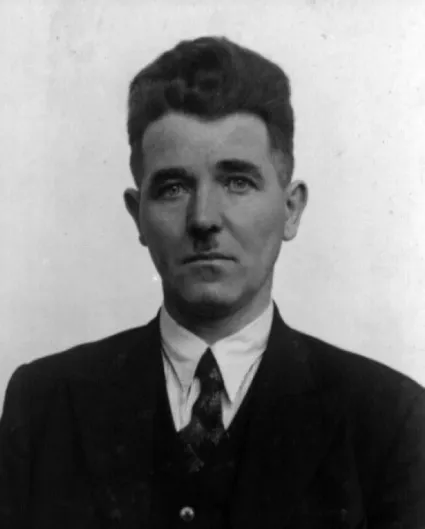 Damwald
Damwald -
De Veenhoop - Kraanlannen - Vogelkijkhut
De Veenhoop - Kraanlannen - Vogelkijkhut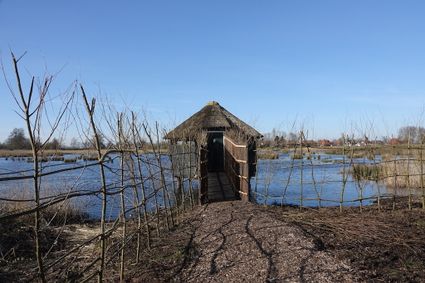 De Veenhoop
De Veenhoop -
Rustpunt de Jister
Rustpunt de Jister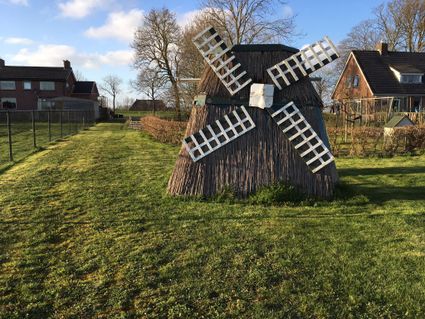 Ginnum
Ginnum -
It Noarderleech - Noard Fryslan Butendyks
It Noarderleech - Noard Fryslan Butendyks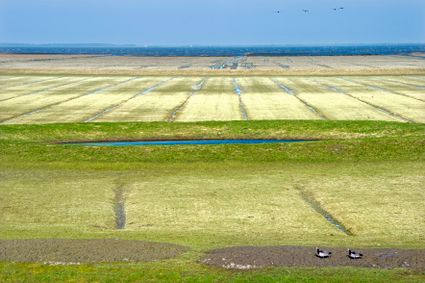 Hallum
Hallum -
Ameland - Mochdijk / Hagedoornveld - Vogelkijkpunten
Ameland - Mochdijk / Hagedoornveld - Vogelkijkpunten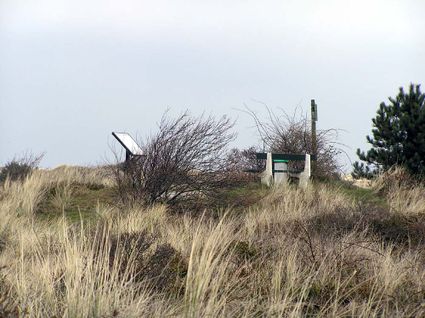 Nes
Nes -
Stadslogement Kleindiep Dokkum
Stadslogement Kleindiep Dokkum Dokkum
Dokkum -
Restaurant De Trochreed
Restaurant De Trochreed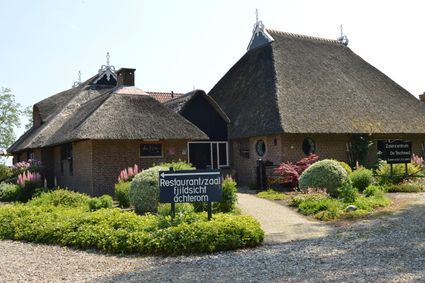 Readtsjerk
Readtsjerk -
Bonkevaart - Elfstedentocht Finish Line
Bonkevaart - Elfstedentocht Finish Line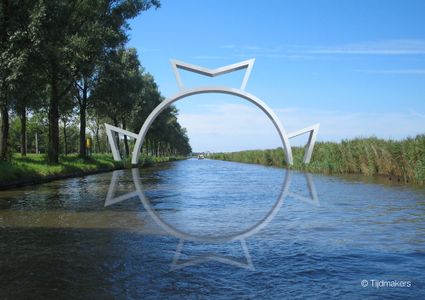 Leeuwarden
Leeuwarden -
Drogeham - De Hege Bulten I
Drogeham - De Hege Bulten I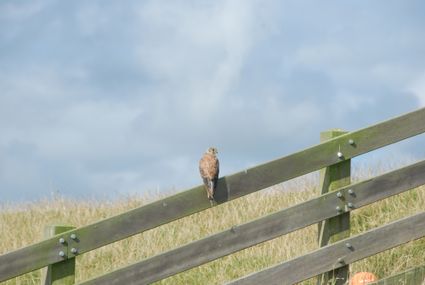 Drogeham
Drogeham -
De Bolstienpleats
De Bolstienpleats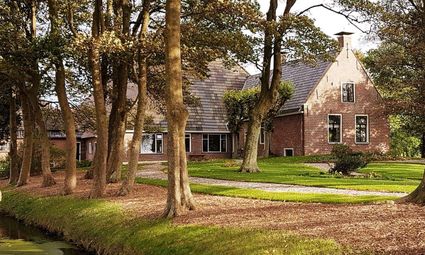 Aalsum
Aalsum -
De Houtwiel - Vogelkijkpunt
De Houtwiel - Vogelkijkpunt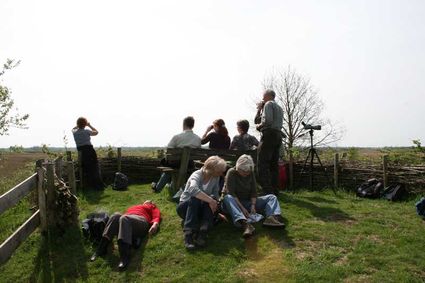 Broeksterwald
Broeksterwald -
Camping Recreatiecentrum Lauwersoog
Camping Recreatiecentrum Lauwersoog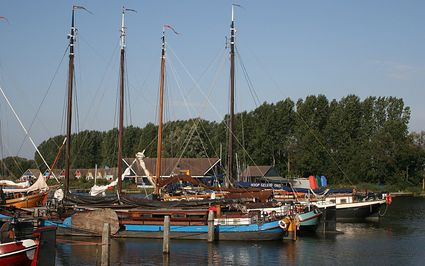 Lauwersoog
Lauwersoog -
Paesens-Moddergat
Paesens-Moddergat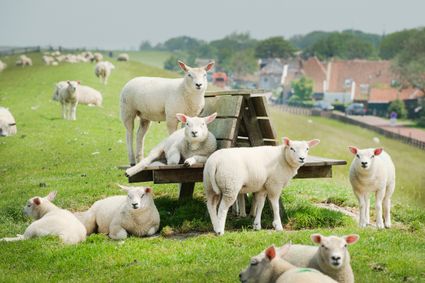 Paesens Moddergat
Paesens Moddergat -
Camping "De Terp"
Camping "De Terp"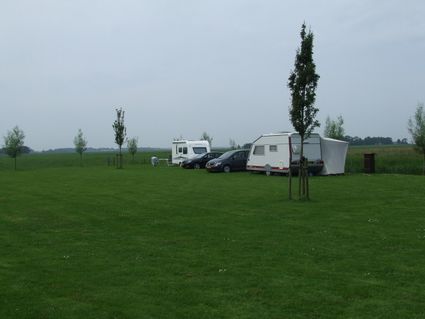 Hiaure
Hiaure -
Gast op stal
Gast op stal Wijns
Wijns -
Noarderleech Bunker and Training Base
Noarderleech Bunker and Training Base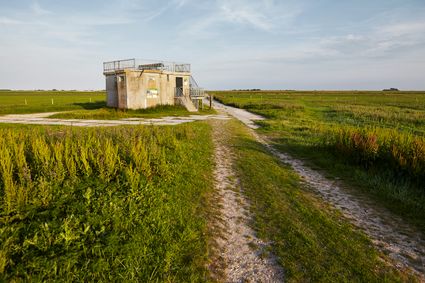 Hallum
Hallum -
De Kruisweg
De Kruisweg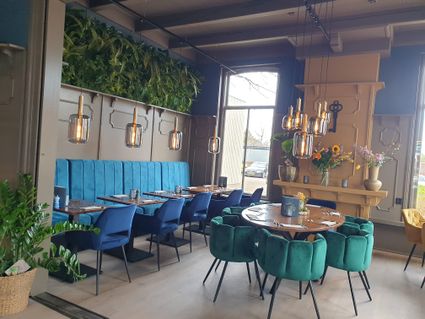 Damwâld
Damwâld -
Het Raadsel van de Wadden
Het Raadsel van de Wadden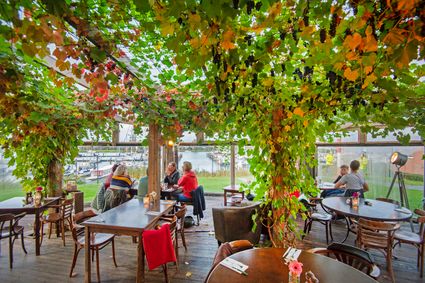 Anjum
Anjum -
Leeuwarden (Ljouwert)
Leeuwarden (Ljouwert)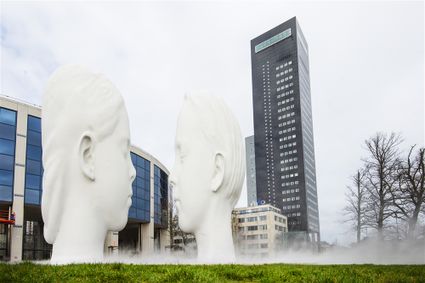 Leeuwarden
Leeuwarden -
Us Eigen Honk
Us Eigen Honk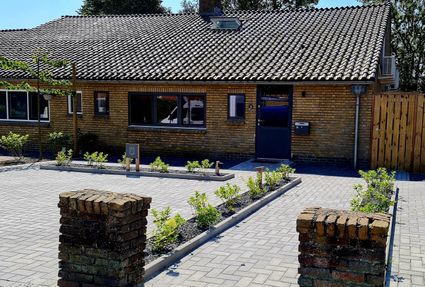 Ternaard
Ternaard -
Aanlegsteiger LM72A
Aanlegsteiger LM72A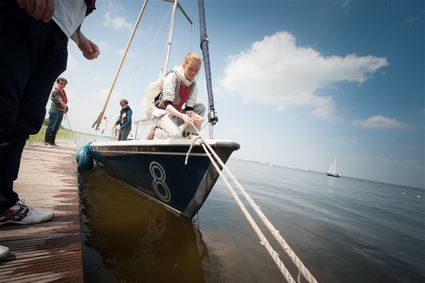 Ritsemasyl
Ritsemasyl -
Brêgeham
Brêgeham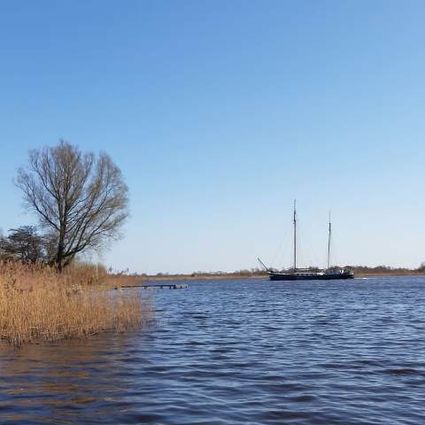 Oudega
Oudega -
Vlasmuseum It Braakhok
Vlasmuseum It Braakhok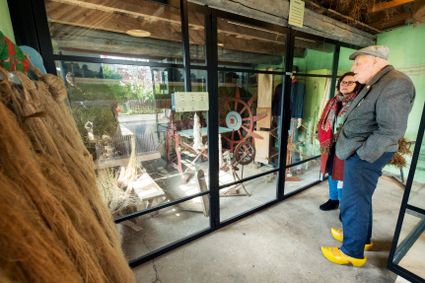 Ee
Ee -
B&B 't Strunerke
B&B 't Strunerke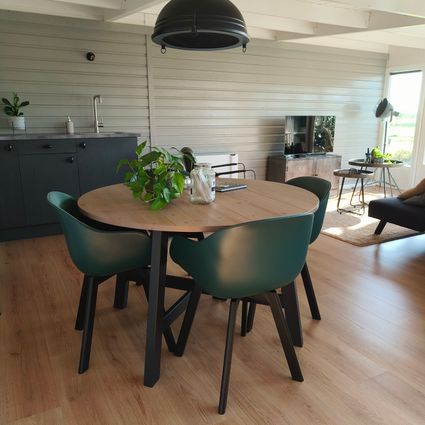 Augustinusga
Augustinusga -
Het Wapen van Burum
Het Wapen van Burum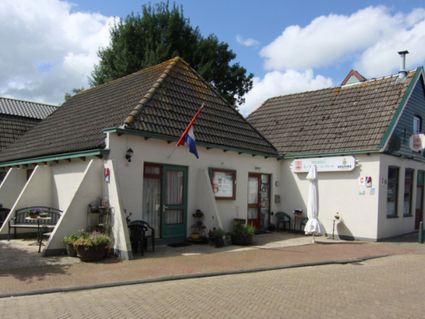 Burum
Burum -
De Leijen- Leyensloane - Uitkijkpunt
De Leijen- Leyensloane - Uitkijkpunt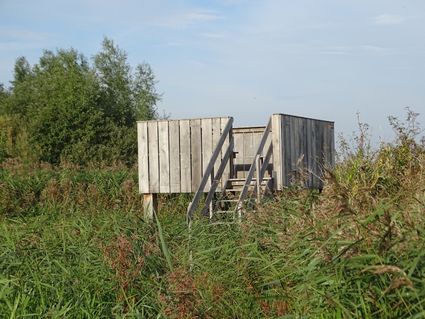 Opeinde
Opeinde -
Memorial stone for Fallen Canadians
Memorial stone for Fallen Canadians
Sunday 15 April 1945, Friesland's official liberation day, was also the day Sneek welcomed the Canadian liberation forces. It had been an exciting day, and the Dutch Domestic Armed Forces (NBS) had fought quite a battle with the occupiers.
A day earlier, German troops had begun to withdraw from Sneek and the NBS had tried to hinder their retreat along the Leeuwarderweg as much as possible. Until a column of German parachute troops had entered the fray and forced the NBS to retreat.
The Waag building in the middle of the city centre was used as a weapons cache by the occupying forces during the war. To prevent it from falling into Allied hands, the fleeing troops set it on fire at around three o'clock on Sunday. Loud explosions and bangs resounded throughout the city for half an hour.
Once the enemy had left the city, the NBS operatives gathered at the HBS school for instructions and the distribution of weapons and armbands. They went into the city to round up traitors. Then, rumour had it that hundreds of German soldiers were on their way to Sneek from Lemmer. Immediately, fortifications were built at the Water gate.
Canadian units were alerted. They were now in possession of the latest defence plans for Sneek thanks to NBS intelligence and were advancing from Joure towards the town.
In the evening around half past seven, the first patrol of the Canadian infantry battalion Le régiment De La Chaudière rode into town with flame-throwers and machine guns. The German troops stayed away, and the full Canadian battalion followed.
Sneek was liberated, but freedom was not yet guaranteed as German troops tried to escape via the Afsluitdijk towards Friesland. The Canadian Regiment of the Queens Own Rifles moved through Sneek to the Afsluitdijk and fiercely fought at Wons. Six Canadian soldiers were killed. They were temporarily buried at Sneek General Cemetery. In 1946, they were reburied at the Canadian Field of Honour in Holten.
Canadian guests
While waiting to return to their homeland, hundreds of Canadian soldiers were lodged with families in Sneek for about five months. On 1 June, the Perth Regiment arrived in the town, which they temporarily renamed Stratford. They were involved in the liberation of Groningen. A committee was set up to entertain the soldiers with various activities. From dances to sailing competitions and special church services.Cordial ties developed between the liberators and the people of Sneek. And sometimes more than that. For Gordon C. Compton and Atty Bouma, one could even speak of "love at first sight". When the last soldiers return home at the end of November, Gordon decided to stay in the Netherlands. On 9 May 1946, he married Atty in Sneek. Not long after, Gordon and his "war bride" left for Canada.
Several monuments in the city recall the special bond with the Canadian military, which remains very close to this day.
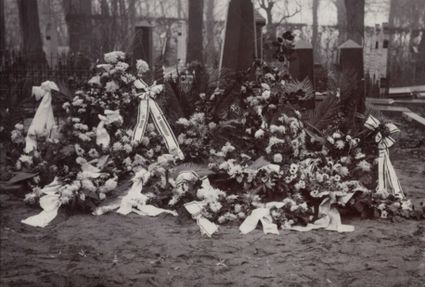 Sneek
Sneek -
Elfstedentocht Turning Point
Elfstedentocht Turning Point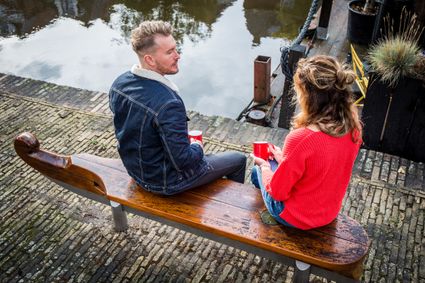 Dokkum
Dokkum
